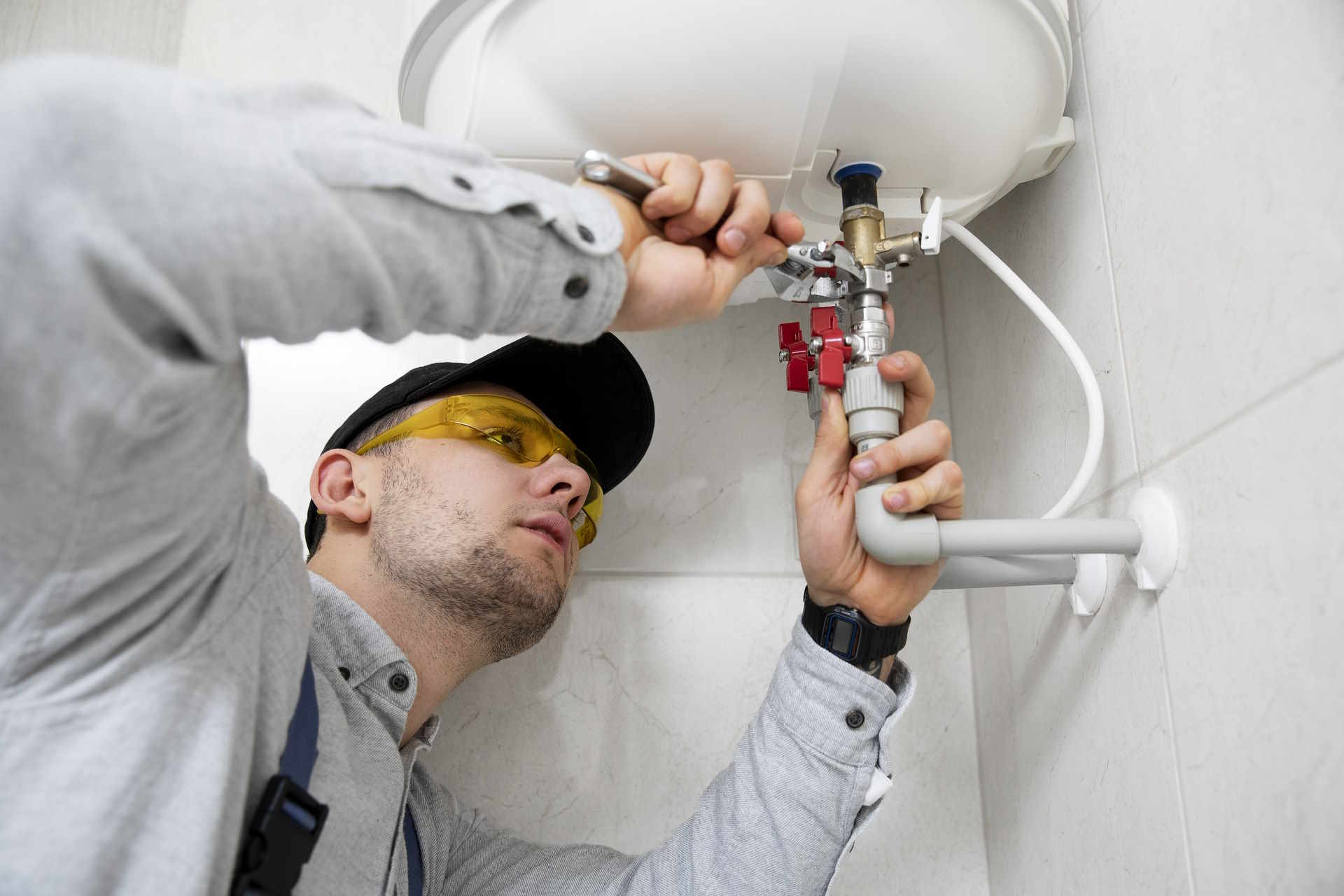Harnessing the Power of Solar Energy System
Harnessing the power of solar energy systems offers a sustainable and efficient way to meet the world’s growing demand for electricity while reducing dependence on fossil fuels. By capturing sunlight and converting it into usable energy, solar technology not only provides a clean and renewable source of power but also helps lower carbon emissions and energy costs. As advancements in solar panels and storage solutions continue, these systems are becoming more accessible, reliable, and essential for a greener future.

How Do Solar Energy Systems Work?
Solar energy systems operate on a simple yet ingenious principle. The process begins with solar panels, which are typically installed on rooftops or in open areas with ample sunlight exposure. These panels consist of photovoltaic cells made from silicon or other semiconductor materials. When sunlight hits these cells, it creates an electric field that generates direct current (DC) electricity.
However, most homes and appliances run on alternating current (AC) electricity. This is where inverters come into play. The DC electricity produced by the solar panels is sent to an inverter, which converts it into AC electricity that can be used to power household devices or fed back into the electrical grid.
What Are the Benefits of Adopting Solar Power?
Adopting solar power offers a wide range of advantages for homeowners, businesses, and the environment. One of the primary benefits is the reduction of electricity costs. By generating their own power, solar system owners can significantly decrease their reliance on the grid, leading to lower utility bills.
Environmental benefits are another crucial aspect of solar energy adoption. Solar power is a clean, renewable energy source that produces no greenhouse gas emissions during operation. This helps reduce carbon footprints and contributes to the fight against climate change.
Additionally, solar energy systems can increase property values. Many homebuyers are willing to pay a premium for homes equipped with solar panels, recognizing the long-term savings and environmental benefits they offer.
How Can You Save on Energy Bills with Solar Systems?
Installing a solar energy system can lead to substantial savings on energy bills over time. The amount saved depends on various factors, including the size of the system, local electricity rates, and energy consumption patterns.
Solar systems allow homeowners to generate their own electricity, reducing the amount they need to purchase from utility companies. In many areas, net metering programs enable solar system owners to sell excess electricity back to the grid, further offsetting their energy costs.
It’s important to note that while the initial investment in a solar system can be significant, the long-term savings often outweigh the upfront costs. Many homeowners see a return on their investment within 5-10 years, after which they can enjoy years of reduced energy bills.
What Does the Future of Solar Technology Look Like?
The future of solar technology is bright, with ongoing research and development promising even more efficient and cost-effective solutions. One area of focus is the improvement of solar cell efficiency. Scientists are exploring new materials and designs that can capture and convert more sunlight into electricity, potentially increasing the power output of solar panels.
Energy storage is another critical area of advancement. As battery technology improves, solar energy systems will become more effective at storing excess energy for use during cloudy days or at night, reducing reliance on the grid even further.
Integration of solar technology into building materials is also on the horizon. Solar roof tiles and windows that double as solar panels are already in development, offering aesthetically pleasing alternatives to traditional solar panels.
What Are the Current Trends in Solar System Adoption?
The adoption of solar energy systems has been steadily increasing worldwide, driven by falling costs and supportive government policies. In many countries, solar power has reached grid parity, meaning it’s as affordable as or cheaper than traditional energy sources.
Residential solar installations continue to grow, with more homeowners recognizing the long-term benefits of solar power. Commercial and industrial sectors are also embracing solar energy, with large-scale installations becoming increasingly common.
Community solar projects are gaining popularity, allowing people who can’t install solar panels on their own properties to benefit from solar energy. These shared solar facilities enable multiple participants to enjoy the advantages of solar power without the need for individual installations.
| Solar System Type | Typical Installation Cost Range | Average Annual Savings |
|---|---|---|
| Residential (5kW) | $15,000 - $25,000 | $650 - $1,500 |
| Commercial (100kW) | $200,000 - $300,000 | $15,000 - $30,000 |
| Utility-Scale (5MW) | $5,000,000 - $8,000,000 | $500,000 - $1,000,000 |
Prices, rates, or cost estimates mentioned in this article are based on the latest available information but may change over time. Independent research is advised before making financial decisions.
Solar energy systems represent a significant step towards a more sustainable and energy-independent future. As technology continues to advance and costs decrease, solar power is becoming an increasingly attractive option for individuals and businesses alike. By harnessing the power of the sun, we can reduce our reliance on fossil fuels, lower energy costs, and contribute to a cleaner environment for generations to come.




